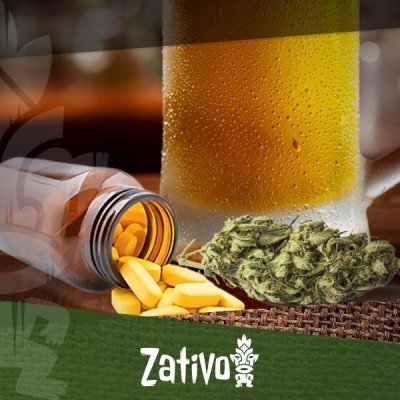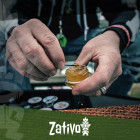Don't have an account?
Register NowYou have to add to cart at least 5 bottles or any program to make checkout.
- BlogMarijuana Used In Combination With Alcohol Or Pharmaceuticals: What You Should Know
Marijuana Used In Combination With Alcohol Or Pharmaceuticals: What You Should Know
Published: May 11th, 2017
Categories:
Cannabis Info
The Effects Of Mixing Cannabis With Alcohol Or Prescription Drugs
Not once in recorded history has marijuana use resulted in a lethal overdose on its own. At the same time, lingering stigma toward marijuana has kept it from being fully recognized by the medical community, who have lumped it into the all-encompassing, nondescript category of “drugs.”
Recently, much has been written on the therapeutic potential of cannabinoids found in the Cannabis sativa L. plant, but little has been covered on the effects of ingesting marijuana in combination with alcohol and prescription drugs.
BE CAREFUL WHAT YOU READ
One of the reasons you can scour the internet for hours without finding a definitive answer to marijuana-related questions is due to lack of legitimate research in the area. While many scientists have tried, funding for marijuana research is limited, resulting in a less-than-educated population of consumers. Because of this, it is important to recognize that these findings are subject to change undergoing further experimentation.
For marijuana users, knowledge is power - what little information is out there allows for you to make informed decisions when it comes to combining multiple drugs.
MARIJUANA AND ALCOHOL
It is neither uncommon nor shameful to simultaneously enjoy marijuana alongside an alcoholic beverage. When using these two in concert, it is extremely important to exercise caution and know your limits. On its own, alcohol has been the cause of innumerable overdose and accident-related deaths, deeming it one of the riskier drugs experiment with alongside marijuana. Ultimately, having a drink or two after puffing a few hits off a joint is unlikely to phase an experienced consumer; novices, however, should start off slow with one drink.
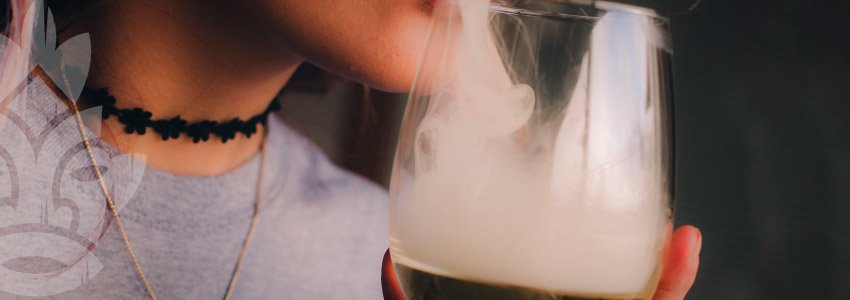
CROSS FADING
As a staple of marijuana-smokers’ rhetoric, “cross fading” is simply the unique buzz caused by drinking and smoking weed. Cross fading is usually carried out to intensify the alcohol high or to contribute added effects. The unique physical and psychological outcomes of smoking marijuana will have diverse effects on each participant when used with alcohol, making the average results difficult to pin down. For novice marijuana smokers, drinking could potentially cause adverse reactions in the psychological forms of anxiety and paranoia, manifesting in increased heart rate and tachycardia.
Supposedly, the results of smoking before consuming alcohol are more favorable than the inverse. While the exact science behind this is hard to locate, the likelihood of “greening out” is said to be less if you crack open a beer after hitting the blunt. “Greening out” gives a name to anxiety-inducing highs we’ve all experienced - ones that may result in feeling excessively tired, nauseous or dizzy.
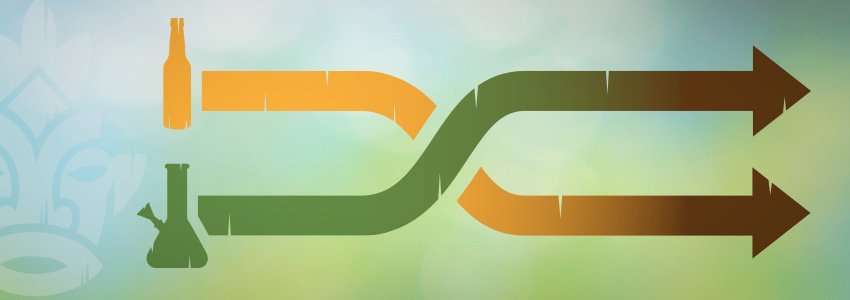
CANNABIS AND BINGE DRINKING
The effects of consuming marijuana after drinking heavily are often cited to augment feelings of nausea, but its powerful antiemetic properties can induce the opposite effects. In fact, it is exactly these antiemetic effects that make it potentially dangerous to use after binge drinking.
In the event of severe alcohol poisoning, you may actually need to vomit in order to rid yourself of the excess alcohol; marijuana could make this process more difficult and heighten the possibilities of needing medical attention. Research on the negative implications of marijuana on binge drinking is primarily anecdotal and doesn’t usually feature control groups or large sampling populations.
ALCOHOL ON THC BLOOD CONCENTRATION
One arena where evidence is significant, or at least striking, is the link between alcohol and THC blood concentration. While the following preliminary study was only conducted on 19 participants, the results strongly indicate a positive correlation between alcohol and THC found in the bloodstream. The study used variations of both small and large doses of marijuana and alcohol to gauge the change in THC content. This study was used in both control and placebo groups, allowing for more nuanced results.
The findings are intriguing: In the low-dose variation of marijuana, without the presence of alcohol, THC concentrations clocked in around 32.7µg/l. In the presence of alcohol, the result rose to 35.3µg/l. In the highest dose without alcohol, the concentration fell at 42.2µg/l. When taken with alcohol, the highest dose jumped all the way to 67.5µg/l THC. While these results stand alone, the numbers show a significant relationship between alcohol and marijuana.
DRUG RESPONSIBILITY
There is such a thing as a responsible drug user. For those of us who like to have a glass of wine with lunch or a post-work bowl, we know that it is possible to be both safe and accountable. If you plan to consume marijuana and alcohol, it’s best to avoid driving or performing other tasks that require alertness.
Even if you frequently enjoy the two together, the risk of getting in a car accident is greatly increased in the presence of more than one drug. In the event that you could hurt yourself or others, it’s always better to be safe than sorry. Consuming alcohol and marijuana together can also cloud judgment and reduce inhibitions, limiting your ability to make the right decisions.
MARIJUANA AND PHARMACEUTICALS
Like with alcohol, much remains unclear on the contraindications between marijuana and pharmaceutical drugs. With the historical advent of pharmaceuticals came the downfall of openly consumed marijuana. In many western countries where marijuana would appear in the likes of apothecary shops, the practice was quelled as more pharmaceutical drugs were invented and corporations began to dominate. In the modern era, many marijuana consumers take a regular prescription to help with a diverse spectrum of physical and mental conditions.
Perusing through non-marijuana-centric medical journals, one may find that many of the writers admit to a relative lack of proven data regarding marijuana and pharmaceutical drug use. However, each recommends exercising extreme caution when consuming each individually and together.
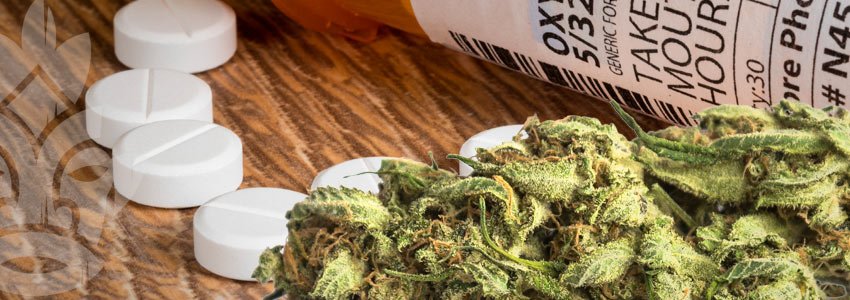
RELEVANT DRUG INTERACTIONS
It does appear that marijuana maintains observable interactions when taken with specific drugs. Marijuana is said to increase the potential of central nervous system depression. Especially when used with benzodiazepines like Valium that treat anxiety disorders, individuals may experience adverse effects of decreased heart rate and slowed breathing. Indeed, many of the tangible interactions between marijuana and prescription drugs result in drowsiness.
OPIOIDS, MARIJUANA, AND ADDICTION
Marijuana has a unique relationship with opioids. On the one hand, studies have shown that concurrent use of marijuana and opioids can lead to cross-tolerance. Cross-tolerance incites resistance to the effects of a substance due to similarity. In this case, both opioids and marijuana can help to relieve pain, leading to the mutual potentiation of effects. In essence, using opioids and marijuana may result in outcomes greater than the sum of each drug individually.
While marijuana may not be beneficial when used with opioids, it has gained traction as a possible alternative to pharmaceutical drugs in the treatment of pain. Opioid addiction is a major issue that accounts for a shameful and outrageous number of deaths worldwide every year. Opioid addiction has been linked time and time again as a gateway to heroin use. Marijuana, on the other hand, is finally being freed from the confines of its archaic denomination as a “gateway drug.”
A recent study has indicated that rates of opioid use in teens and adults under 40 decreased in American states where medical marijuana was legalized. This highlights how some patients could potentially avoid the risk of developing an addiction to a deadly drug by opting for cannabis instead. As more iterations of cannabinoids appear in methods like concentrates (dabs) and edibles, the therapeutic effects of THC and CBD appear in higher potencies.
SOMETHING TO CONSIDER: PSYCHOLOGICAL CONDITIONS
Numerous studies have been conducted to find out whether marijuana has the potential to induce mental illnesses like schizophrenia in previous non-sufferers. The results show that while there is no evidence to suggest that marijuana will spur a new disease in unafflicted individuals, it can mirror and exacerbate the symptoms of psychosis and mania.
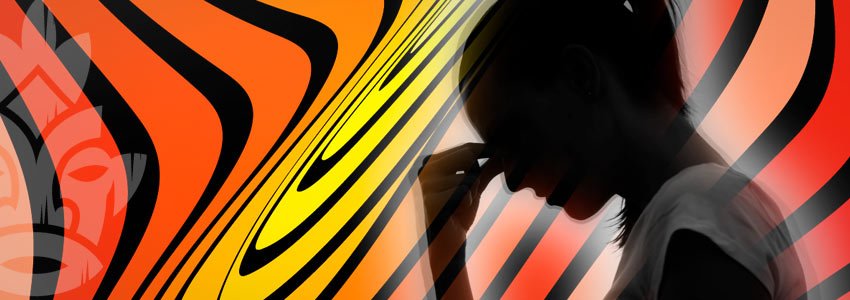
With this in mind, marijuana is not suggested to be taken with anti-psychotics. Conversely, CBD-rich marijuana strains have displayed encouraging results in treating the symptoms of bipolar disorder. Marijuana as an ingredient in mental health care is not an all or nothing possibility. While it may not be used to treat certain disorders, it displays incredible promise in other areas.
Marijuana sustains a complex relationship as a medically beneficial albeit contentious drug. While it should always be consumed responsibly, it is much less threatening than many illicit and legal drugs available today. As more medical professionals realize the viable applications of cannabinoids in medicine, unbiased research will culminate in more assured data on the effects of consuming marijuana in combination with alcohol and pharmaceutical drugs.

